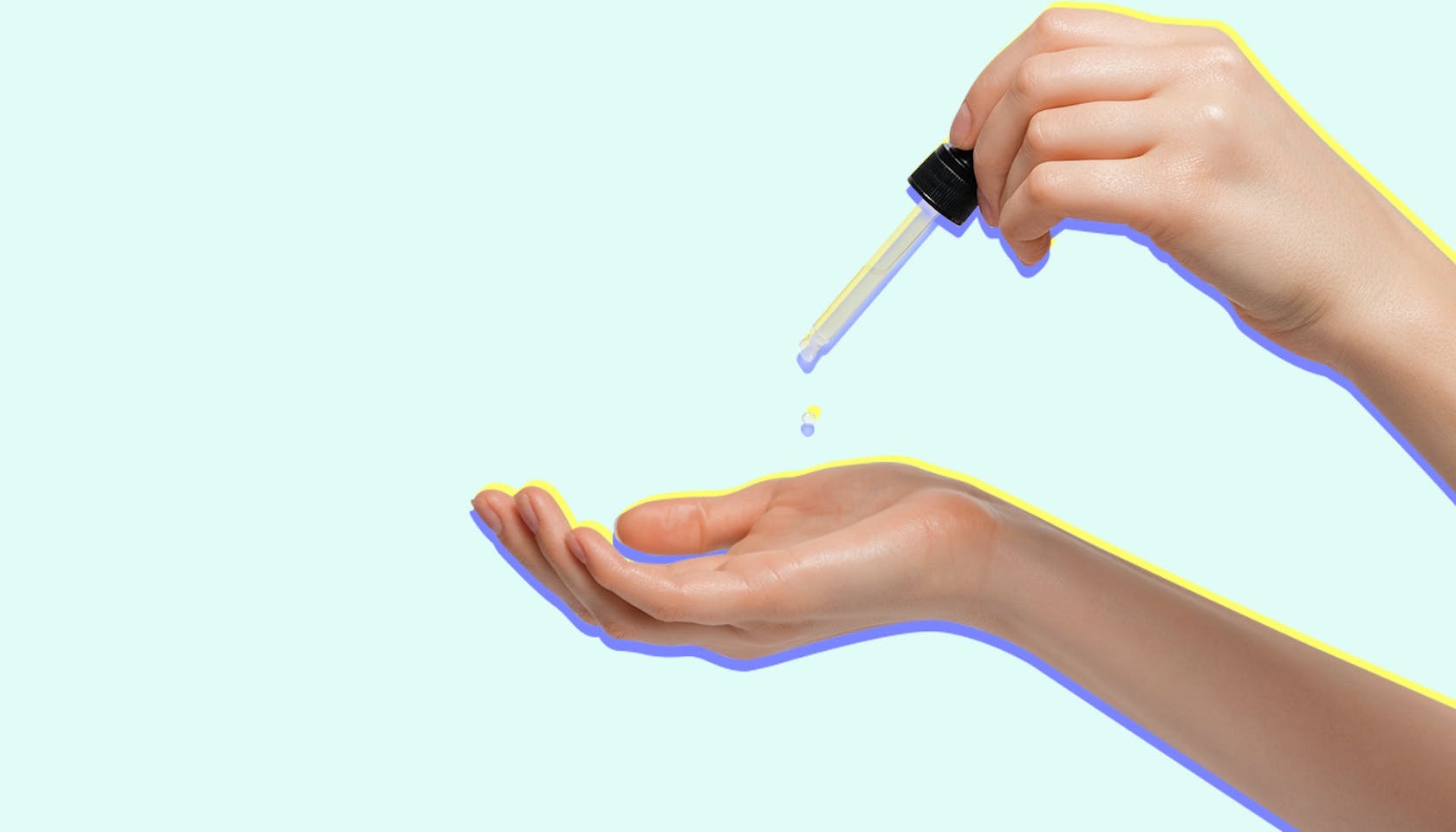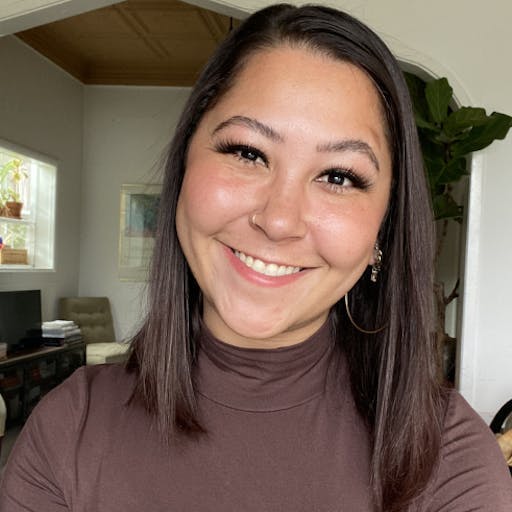May 16, 2022
10 of The Best Treatments for Dark Spots

If you struggle with dark spots, hyperpigmentation, and/or stubborn post-breakout marks (like this editor does), then this article is for you. We'll share the promising key ingredients for putting your best face forward, even on makeup-free days.
We rounded up the top 10 ingredients for fading and preventing dark spots. Read on to learn the causes, plus the skin saviors were doubling down on ahead of sunnier months.
So, why does hyperpigmentation happen?
Dark spots and patches rank as one of the most common reasons people see a dermatologist. The medical term for one of the causes of these dark spots is post-inflammatory hyperpigmentation, or just hyperpigmentation for short. It's the result of excess melanin production on certain areas of your skin.
When can hyperpigmentation or dark spots occur?
- When a pimple or patch of psoriasis clears
- When a wound caused by an insect bite, cut, burn, or other injury heals
- When you take (or apply) certain medications
- When a skin or hair product irritates your skin
- When hormones change, such as during pregnancy
Though usually not harmful, dark spots can be incredibly annoying. Thankfully, there are some treatments that have been proven to help prevent and fade the look of dark spots.
What are the top 10 ingredients for dark spots?
- Salicylic acid
A type of beta hydroxy acid (BHA), salicylic acid fights pigmentation by exfoliating away darkened surface cells to reveal fresh new skin cells underneath. It also has some ability to inhibit melanin formation with low risk of irritation. If you're dealing with post-acne marks or sun damage, salicylic acid is a promising option. - Gluconolactone
Arguably the buzziest skincare ingredient of 2022, you'll want to put this one on your radar (especially if you have sensitive skin). A gentler alternative to glycolic, lactic, and salicylic acid, this ingredient works by dissolving the glue that holds together dead skin cells. By removing dead cells on the skin's surface, gluconolactone helps improve skin texture and fade the look of dark spots and marks, resulting in a brighter, more even skin tone. - Retinol
By now you've likely heard of this skincare holy grail ingredient, and for good reason. This fan favorite is known to boost skin's cell-turnover process, which in itself can help fade the look of dark spots. Retinol also stimulates collagen production, which helps fade dark spots while plumping the skin. Tip: If you're trying retinol for the first time, start with a lower concentration to avoid irritation or redness. - Niacinamide
Looking for something to treat dark spots but also reduce redness, shrink pores, calm inflammation, smooth, and brighten? Look no further than niacinamide. This multi-purpose ingredient has been shown to do all the above, plus reverse and prevent signs of aging AND support the skin barrier. Oh, and it also has the ability to reduce melanin production. Interesting fact: Niacinamide is a form of vitamin B3. - Hydrocortisone cream
We know what you're thinking: Itch cream? Just hear us out. Hydrocortisone acts as an anti-inflammatory, and inflammation can lead to unwanted blemishes and discoloration. Using hydrocortisone for dark spots is an effective way to calm inflammation and address redness.
The trick? Only apply hydrocortisone for a few days. Over time, this ingredient can actually thin the skin, making it more fragile. - SPF
We wouldn't be serving you well if we didn't at least mention prevention. Sun exposure is one of the main culprits when it comes to dark spots. The best sunscreens for hyperpigmentation are broad-spectrum formulas with an SPF of 30 or higher. In addition to preventing new dark spots, they also block UV rays from worsening existing hyperpigmented areas. - Azelaic acid
Never heard of her? This derm-approved skin brightener can help manage hyperpigmentation (such as melasma and post-acne dark spots) on all skin tones. How it works: By indirectly destroying melanocytes, which are the skin cells that produce melanin, azelaic acid inhibits tyrosinase, an enzyme involved in the production of pigment on the surface of the skin. - Glycolic acid
Speaking of tyrosinase, this ingredient also inhibits tyrosinase. And that's not all. Glycolic acid also removes all of the old, dry, and dull cells that build up on the skin's surface. A glycolic acid serum is a great choice for unveiling a brighter, more even complexion. - Kojic acid
Derived from mushrooms, this trendy ingredient is a good choice for those with more sensitive skin. Often described as gentle and well-tolerated, it has the ability to penetrate the layers of your skin and stop melanin production without causing irritation. It's considered less aggressive than other dark-spot treatments and ingredients. - Vitamin C
There's a good chance you already have this well-known ingredient in your routine. If not, it's time to get on board. Vitamin C packs a punch when it comes to treating hyperpigmentation and dark spots, brightening the complexion, and promoting cell turnover. Because of its antioxidant properties, vitamin C aids your skin's natural regeneration process, which helps your body repair damaged skin cells and produce new ones.
To shop potent serums with these ingredients, visit the Birchbox shop.

Jac Wray
While a self-described social butterfly, I find empowerment in my independence. Taking myself on a spur of the moment solo vacation, dinner dates to new restaurants or parts of the city where my company is solely the characters in the book I bring, visiting the local bar and getting to know the bartenders over a glass of wine… or 3. I find that intimate moments with myself leave me feeling brave, confident, and empowered to take on the world without depending on anything else as a buffer. It also gives me time to reflect, plan, journal and explore new places at my own pace.